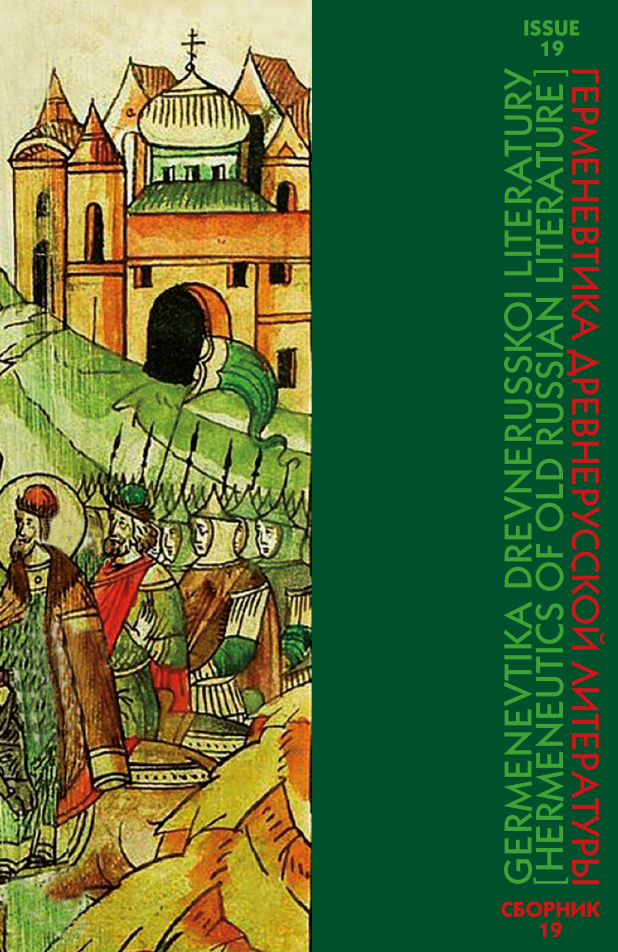Abstract:
The article examines India in Old Russian literature. The purpose of the article is to highlight subject-pictorial motifs in the whole Old Russian texts about India. There are not so many such works of literary significance, and even fewer detailed descriptions. The oldest fantastic motif about India as a dangerous country appeared in Rus’ in the 11th century in historical and geographical monuments: Chronicle by Georgy Amartol and in Christian Topography by Kozma Indikoplov — and was continued in translated in the first third of the 16th century Lucidaris. Conditional India appears in The Tale of Barlaam and Joasaph and The Tale of Eruslan. In the chronographic and Serbian Alexandria, Journey Beyond the Three Seas by Afanasy Nikitin, Cosmography in 76 chapters, a combination of fantastic and realistic descriptions in Indian plots is observed. Listed in the early 16th century The Tales of the Indian Kingdom appear military and defensive motives caused by harsh historical events in Rus’. In general, from the 11th to the 17th centuries in the literary works of Old Rus’ India, from a subject-pictorial point of view, seemed to be an extremely dangerous, unpleasant and uncomfortable country, despite its overwhelming stone, fruit and vegetable wealth. And so it should have been: after all, India was closest to the earthly paradise and, along with other inhuman objects near paradise, blocked the path to it.
REFERENCES
1 Bobrov, A.G. “‘Skazanie ob Indiiskom tsarstve’ v versii Efrosina Belozerskogo” [“‘The Tale of Indian Kingdom’ in the Version of Euphrosyn Belozersky”]. Trudy Otdela drevnerusskoi literatury [Proceedings of the Department of Old Russian Literature], vol. 59. St. Petersburg, Nauka Publ., 2008, pp. 264–292. (In Russian)
2 Vigasin, A.A. Izuchenie Indii v Rossii: (ocherki i materialy) [Studying India in Russia: (Essays and Materials)]. Moscow, Stepanenko Publ., 2008. 537 p. (In Russian)
3 Sviridova, L.O. “Utopicheskii obraz Indii v drevnerusskikh pis’mennykh pamiatnikakh” [“Utopian Image of India in Old Russian Manuscript Monu ments”]. Vestnik Russkoi khristianskoi gumanitarnoi akademii, vol. 9, no. 1, 2008, pp. 107–113. (In Russian)
4 Speranskii, M.N. Indiia v staroi russkoi pis’mennosti [India in Old Russian Writing]. Sergeiu Fedorovichu Ol’denburgu... Sbornik statei [To Sergei Fedorovich Oldenburg... Collection of Articles]. Leningrad, AS USSR Publ., 1934, pp. 463–469. (In Russian)
5 Shokhin, V.K. Drevniaia Indiia v kul’ture Rusi (XI — seredina XV v.): Istochnikovedcheskie problem [Ancient India in the Culture of Rus’ (11th — the Middle of the 15th Century): Source Studies Problems]. Moscow, Nauka Publ., 1988. 333 p. (In Russian)






